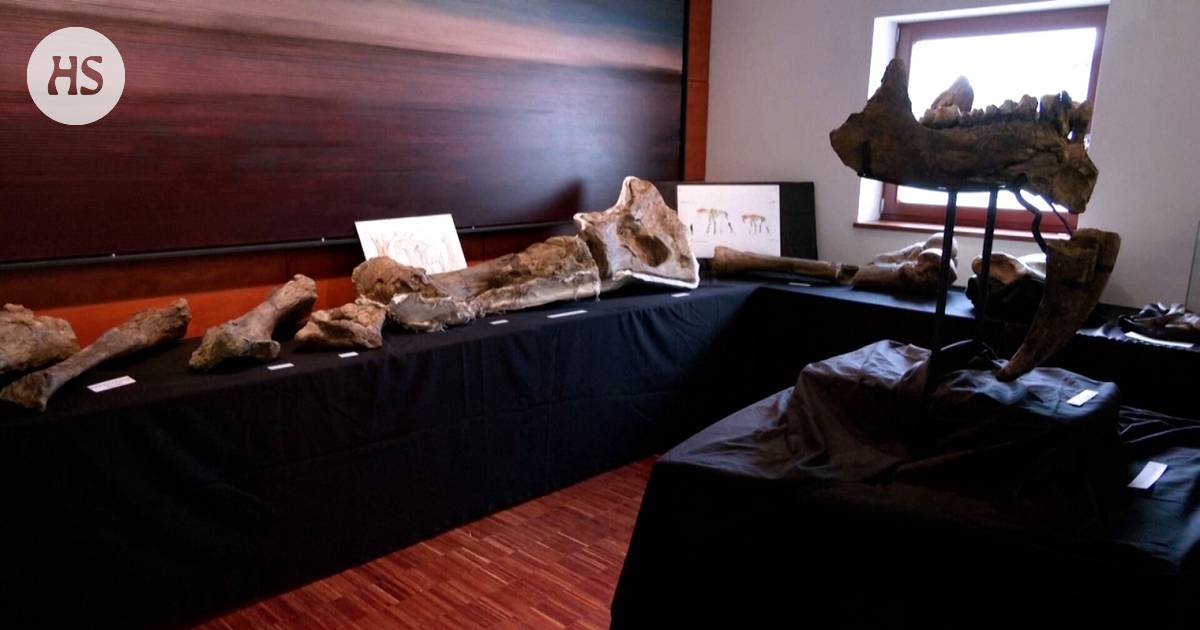In the small Bavarian village of Weipersdorf, Germany, two school-aged boys made a remarkable discovery of prehistoric elephant bones. These bones, estimated to be around 10 million years old, belong to the long-tusked Deinotherium elephant, a distant relative of modern elephants. The discovery was shared with the public at a museum in Taufkirchen, northeast of Munich, where the bones are now on display alongside other artifacts from prehistoric times.
Researchers believe that the individuals to whom the bones belonged lived outside of Munich in Germany. The brothers first found one bone, which was nearly crushed during the initial discovery. Despite facing the risk of being damaged by a falling boulder, the bone survived intact. Following this find, extensive excavations were carried out in the area near Weipersdorf, resulting in the discovery of a total of 120 bones, some of which were badly damaged.
Deinotherium lived in the Miocene period and inhabited Europe, Africa and Asia. This prehistoric elephant had distinct long tusks unlike modern elephants. It did not adapt to changing climate during ice ages leading to its extinction without leaving any descendants. Unlike modern elephants and mammoths, Deinotherium fed on forest foods such as leaves and shoots.
Some of the bones found during excavation were fragile and would have shattered into thousands if not handled with care. The discovery has sparked interest among researchers who are eager to study this rare species further.
The display at Taufkirchen museum is providing visitors with an insight into life during those times and how people coped with such discoveries in ancient times.
Overall this is an amazing discovery that has brought new light into understanding our planet’s past and its evolutionary journey towards present day species.



